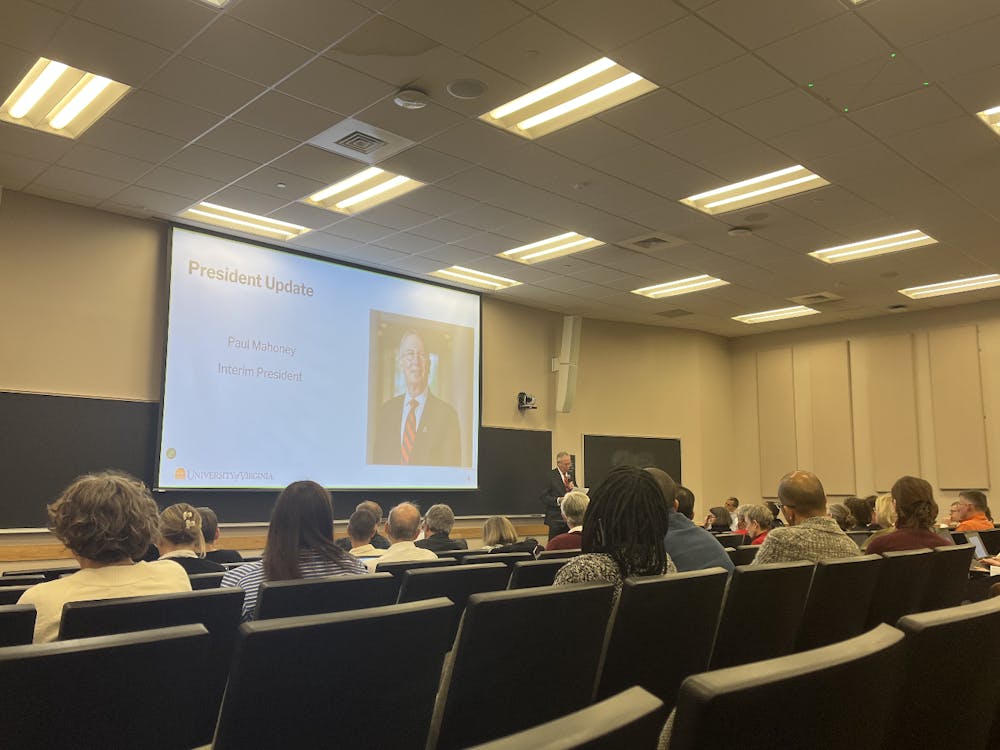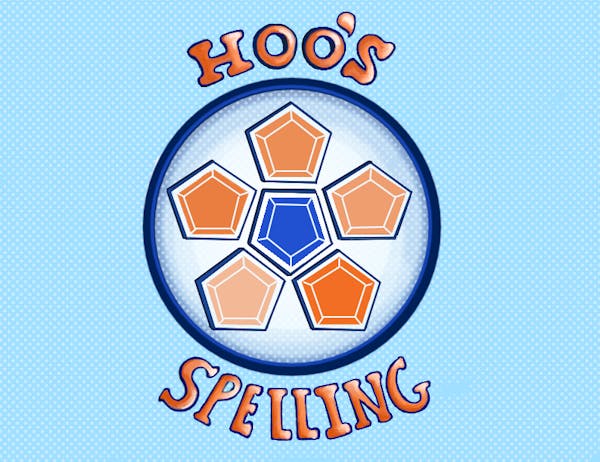The American Council of Trustees and Alumni published a report Monday which found that administrative costs and tuition are rising, while educational spending is decreasing.
The report looked at 15 public universities and 24 private institutions in Virginia and concluded that the cost of tuition and fees totals more than 40 percent of Virginia's median household income at 17 private institutions.
Less than half of the institutions surveyed in the study graduate the majority of their students in four years.
The University, however, has a four-year graduation rate of 85 percent, ranking higher than the average Virginia institution surveyed in the study.
The study aims to give policymakers and the public information about colleges and universities in a clear and succinct manner, said Michael Poliakoff, ACTA policy director and co-author of the report.
"In this state, with its storied history in the birth of this nation, only two of these schools had a requirement for the foundational of history and government. This is a tragic neglect," Poliakoff said. "It is disempowering to not understand how the civic process works in the U.S."
The report also provides information about the challenges facing colleges and universities, and it compares schools with other institutions of higher learning.
"Our hope is that [the report] will give [families] a body of information that will help them make better choices between schools in Virginia," Poliakoff said. "They'll gravitate towards the ones that address their needs and keep tuitions as much in check as possible. It helps them be informed participants about informed discounts regarding higher education."
Tuition costs at the University have risen 38 percent in the last six years.
University spokesperson Carol Wood, however, said in an email that the University receives less tuition and state support to educate an in-state undergraduate student today than it did in the 1989-90 academic year.
"When [the University] plan[s] the operating budget for the academic division each year, we have two major sources of revenue: the state appropriation and tuition," Wood said. "Every time the state takes money from our appropriation - more than $50 million over a recent four-year period - we have to find ways to continue to tighten our belts and/or increase tuition."
In comparison to similar universities for the 2009-10 academic year, the University received less state funding, Wood said.
According to Wood, the University received $8,601 per in-state student, while the University of North Carolina, Chapel Hill received $26,034 and the University of Maryland received $17,620.
Wood said the University commits to making its education affordable to students in need of financial assistance through AccessUVa, the University's financial aid program, which had a total cost of more than $92 million in the 2010-2011 academic year.
The University has several programs which financially benefit low-income students, but "there has to be access for the middle class as well without taking on large debt burdens," Poliakoff said.
Poliakoff added, however, that seeming successes should not prevent schools from exploring other methods of reducing students' expenses and improving their educational experiences.
"Public and private universities need to look at cost-effectiveness, and I don't believe most institutions have even scratched the surface of what they can do to provide an affordable education," Poliakoff said.






